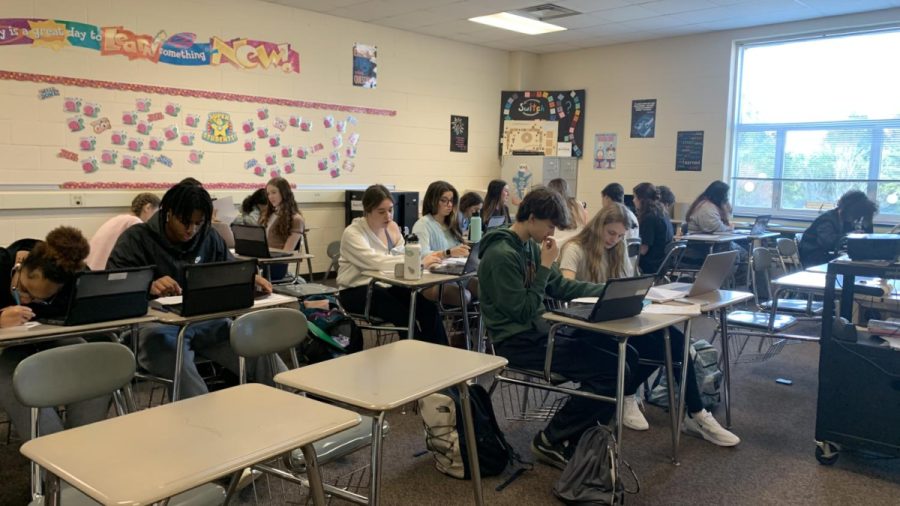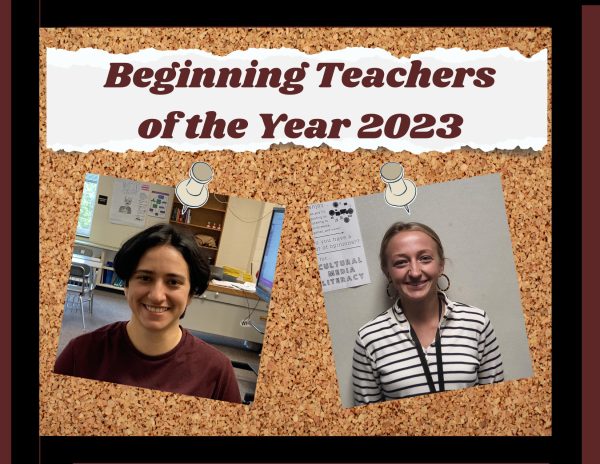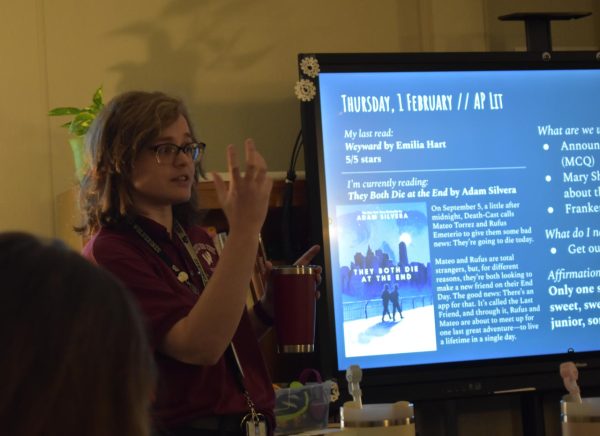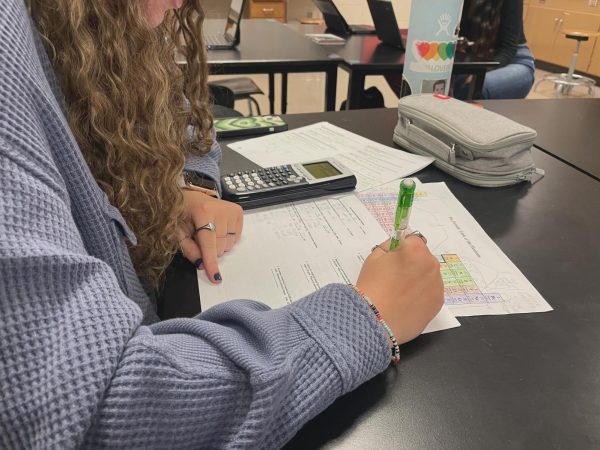Blended classes create diverse opinions
Students work diligently and collaborate during class. They work with each other to efficiently get assignments done.
March 9, 2023
Class registration is quickly approaching at Wakefield High School, and students are presented with many course options. Among these choices are academic, honors and Advanced Placement level classes. Both class rigor and credit are something to consider, however, many of the academic and honors classes are being combined, so which is the right choice?
Beth Keefer, Assistant Principal of Instruction, helps to create the class schedules. Her role allows her to get a glimpse of students’ needs and what will help expand their education. While certain classes may be blended, there are several major differences between the two levels.
“Honors classes tend to be a bit more focused on independent work and speed of pacing, whereas an academic class may have a reduction of the rigor,” Keefer said. “There may be more time allotted for tasks and remediation as well as a lessening of the complexity of tasks, processes or products.”
Students have been able to settle into their classes with peers who might be taking various course levels. Junior and consistent honors-level student Trinity Williams has noticed a difference. Throughout her high school career, most of her blended classes follow the same pattern in terms of students and their attitudes toward school.
“I feel like when people take more honors classes, they have a different mentality or approach to school than people in [academic] classes,” Williams said. “They might believe in themselves more … and it helps other people realize that they can take higher-level classes too.”
It is important that students find the proper balance between the two classes in order to benefit their learning. Some students find academic classes to be the perfect balance of rigor and pacing, while others are ready to challenge themselves with honors classes. Being able to determine which class is suitable for them can be a tough decision.
Honors classes tend to be a bit more focused on independent work and speed of pacing, whereas an academic class may have a reduction of the rigor.
— Keefer
Junior Savanna Adkins has taken a combination of both honors and academic classes. Apart from varied complexity, she does not see a considerable difference. However, one notable distinction that she observes is the expectations for each of the classes.
“Honors students are expected to understand and remember more,” Adkins said. “But the amount of teaching or review that happens is the same as [an academic class].”
There are also certain expectations for teachers who are given a blended class. Honors students are expected to complete an honors project for the class, so what do the academic students do during that time? Coming up with assignments that cater to both groups of students can be a difficult task.
Animal science teacher Kelly Foster teaches mostly combined classes and has tried to find the best way to go about assigning work. Since each group of students has different needs, this has become a demanding task. Even with their differences, Foster strives to create a cohesive classroom that operates smoothly.
“I have had some honors-academic [classes] where it worked really fluidly,” Foster said. “There are some [classes] where it is a really big struggle depending on the students.”
Blended classes present several challenges, including projects, assignments and work ethic, but there are also many advantages. Either way, it seems like Wakefield will continue to offer these classes to benefit its students.
“[Blended classes] help us to make sure we are offering high-level instruction to all our students,” Keefer said. “It allows us to give students the classes that they want and it gives us more flexibility.”
















Abby Dykes • Mar 9, 2023 at 12:46 pm
great article nara!